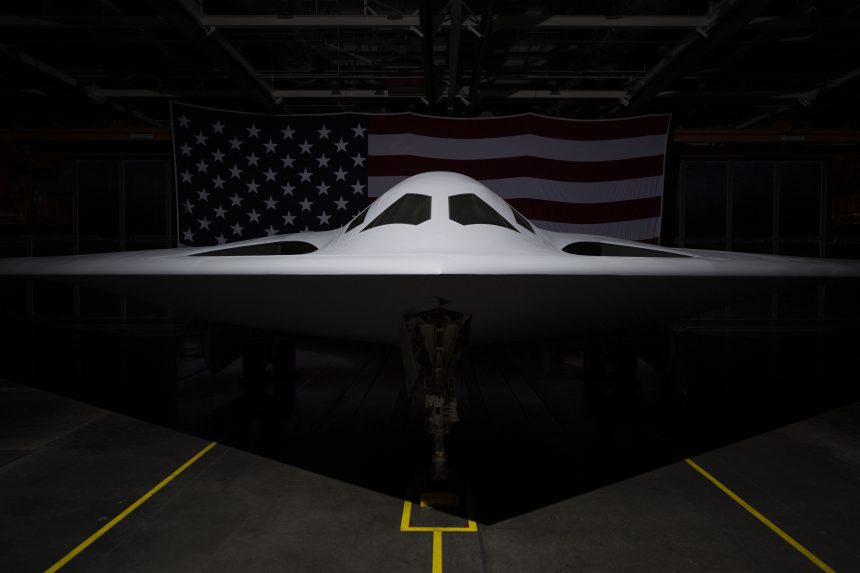Air Force Secretary Frank Kendall told the Senate Defense Appropriations Subcommittee that the unit cost of the B-21 Raider bomber shows a decrease in FY25 budget.
The unit cost of the B-21 Raider 6th generation bomber (whose flight testing is underway), is decreasing following negotiations with Northrop Grumman, Air Force Secretary Frank Kendall said during a Senate Appropriations subcommittee hearing on Apr. 9, 2024.
This cost reduction indicates positive progress in the negotiations, he said:
“I would point out that the production numbers in the budget this year show a decrease in unit cost because we have negotiated lower prices”.
He chose not to discuss upcoming milestones for the B-21 during the hearing on the department’s proposed fiscal 2025 budget, citing the program’s high level of secrecy and classification.
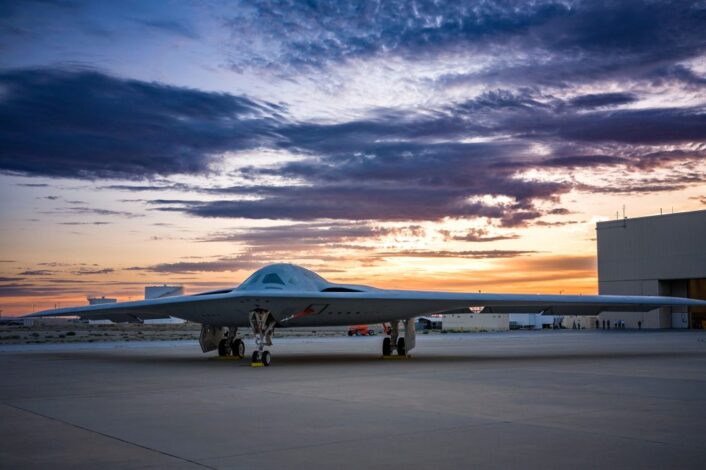
When the first B-21 was unveiled to the public in December 2022, the Air Force stated it expected average unit procurement cost of $692 million. The current unit costs of the bomber were not disclosed due to its classified nature, however, it looks like the procurement budget for the B-21 in FY2025 was adjusted to reflect positive negotiations regarding low-rate initial production prices, but clarified that neither the program’s quantities nor scope were altered.
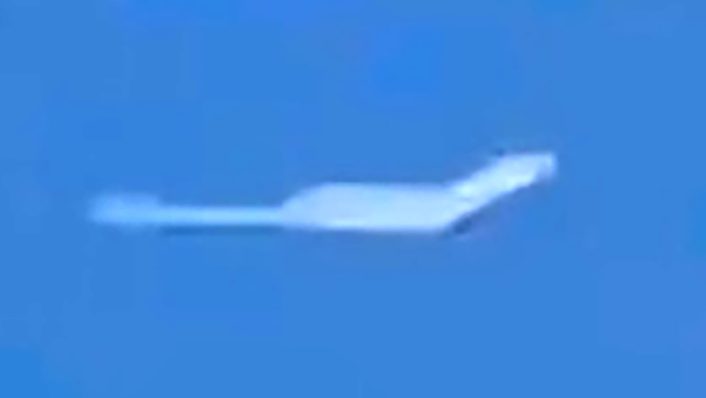
While the number of aircraft covered by the first LRIP contract was not disclosed, some reports at the time of the first flight said it could cover up to 21 aircraft. At the same time, Northrop Grumman said six airframes were in various stages of production, including the one already flying.
B-21 Raider is a key investment priority
“The B-21 is key investment priority in FY25” to meet the National Defense Strategy Priorities, said Air Force Chief of Staff Gen. David W. Allvin.
“The B-21 and its Family of Systems (details available at a higher classification) will be the backbone of the Air Force’s bomber force and provide critical operational capability for both conventional and nuclear missions and provide precision effects en masse against targets worldwide. The Air Force is committed to building resilient forward basing ($594M) that ensures sustainable and networked bases capable of sufficient sortie generation and mission execution in a contested environment,” says the Department of the Air Force Posture Statement document.
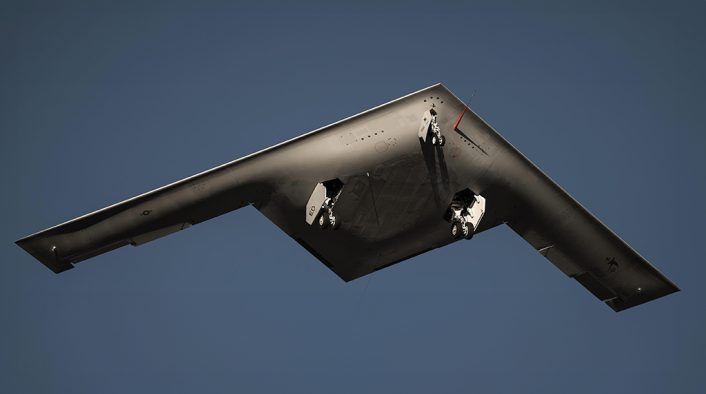
The B-21 was just one of the things discussed by Air Force Secretary Frank Kendall, along with Air Force Chief of Staff Gen. David W. Allvin and Chief of Space Operations Gen. Chance Saltzman, the service’s two highest-ranking military leaders, during the hearing that kicked off the lengthy congressional process designed to finalize the FY25 budget by Sept. 30. The official purpose of the hearing was to explain the Department of the Air Force’s $217.5 billion budget request for the 2025 fiscal year which begins Oct. 1.
The FY25 budget requests more than $19.4 billions for nuclear modernization efforts including the Sentinel Ground Based Strategic Deterrent, B-21 Raider, Survivable Airborne Operations Center (SAOC), Long-Range Standoff Weapon, Next-Generation Overhead Persistent Infrared programs, and the Evolved Satellite Communication System.
The risk of budget delays
According to the Kendall, budget delays could impede the Air Force’s ability to stay ahead in modern warfare and compete successfully against China.
“Time matters, but so do resources. The United States is also now facing a competitor with national purchasing power that exceeds our own, a challenge we have never faced in modern times,” he said in his opening statement.
“We remain committed to the (sixth generation aircraft) family of systems, particularly Collaborative Combat Aircraft, which will allow the Air Force to deliver the affordable mass required to be effective against the very capable PRC,” Gen. David W. Allvin said, describing the newest generation of fighter aircraft and a suite of less expensive and autonomous aircraft. “We are also committed to building forward basing resilient enough to enable continued sortie generation, even while under attack.”
For the Air Force, the budget includes money to purchase more F-35s and F-15EXs, “albeit with fewer than preferred quantities,” Allvin said.
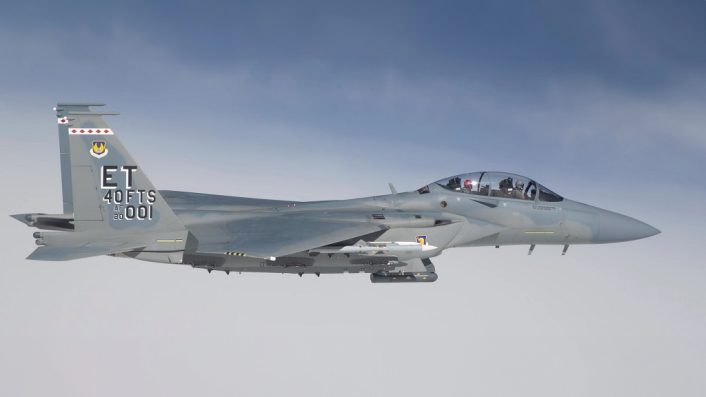
“Procurement accounts were adjusted downward in the Air Force from previous levels for some key programs, including F-35 and F-15E/X,” says the Air Force Posture Statement document. “Procurement accounts also decreased with fact-of-life delays in T-7 and E-7 production. The Air Force procurement account decreased from $30.6B in the FY24 request to $29.0B in FY25 and the Space Force procurement account decreased from $4.7B to $4.3B. These adjustments generally allowed research and development accounts to keep pace with inflation. They did not permit the desired growth over time. This is particularly true for the Space Force where transformational modernization is needed urgently.”
F-35 capability rate
Mission capability rates for the F-35 fighter and other aircraft were among the topics discussed in the Q&A part of the hearing. This is not a surprise, considering the recent report by the Director, Operational Test & Evaluation (DOT&E) showed that the F-35 fleet has a full mission capable rate of only 30% despite the targeted 65%.
The Pentagon’s top testing office, the Director, Operational Test & Evaluation (DOT&E), recently released its office’s annual report, which showed that the F-35 program has a fleet-wide full mission capable rate of only 30%. If we take into consideration only the “combat-coded” aircraft (those assigned to active squadrons with an assigned combat mission), the rate is 48%.
Kendall acknowledged that the readiness rate for the F-35, sits at around 60%, a status that represents “the minimally acceptable rate”. Although the Air Force is not where the service want to be, Kendall said the rate is expected to improve.


